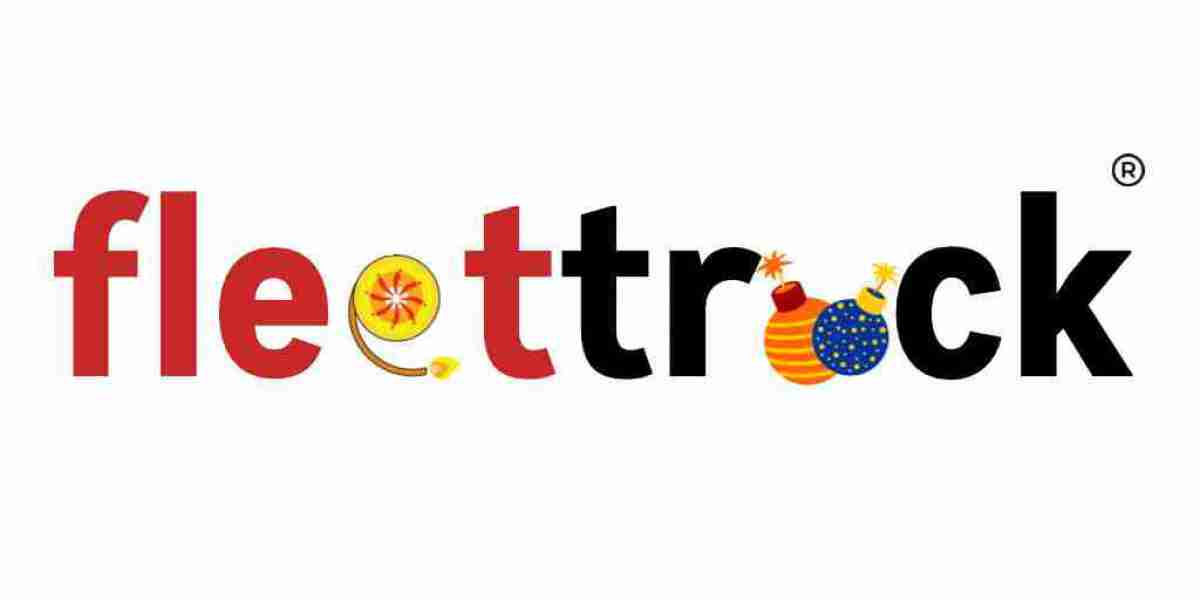What Is Text to 3D?
Text to 3D is a new technology that allows users to create 3D models from simple text descriptions. Instead of manually designing objects using 3D software, this text to 3d innovation makes it possible to generate 3D models just by typing what you need. This makes 3D modeling easier and more accessible for everyone, from beginners to professionals.
How Does Text to 3D Work?
The process of converting text into 3D involves artificial intelligence (AI) and machine learning. When a user types a description, the AI analyzes the words, understands the meaning, and generates a 3D shape based on the text input. Advanced algorithms use large databases of 3D models to create accurate and realistic objects.
Benefits of Using Text to 3D
Saves Time – Traditional 3D modeling takes hours or even days. With text-to-3D technology, users can generate models in minutes.
Easy to Use – No need to learn complicated 3D software. Anyone can type a description and get a 3D model.
Increases Creativity – Designers and artists can quickly experiment with different ideas without spending too much time on modeling.
Useful for Many Industries – This technology is helpful in gaming, architecture, virtual reality, and even education.
Applications of Text to 3D
Game Development – Game designers can quickly create characters, objects, and scenes without manual modeling.
E-commerce – Online stores can use 3D models of products to give customers a better shopping experience.
Education – Teachers and students can create 3D learning materials to visualize complex concepts.
Virtual Reality and Augmented Reality – This technology helps build virtual worlds with ease.
Challenges of Text to 3D
While text-to-3D is a powerful innovation, it still has some challenges:
Accuracy Issues – AI sometimes misinterprets text descriptions and creates incorrect models.
Limited Detail – Some complex objects require additional manual editing for better quality.
High Computing Power – Generating high-quality 3D models requires powerful hardware and AI training.
Future of Text to 3D
The future of text-to-3D looks bright. As AI improves, models will become more accurate and detailed. In the coming years, we may see this technology being widely used in many industries, making 3D content creation faster and more accessible for everyone.
Text-to-3D is an exciting step toward the future of digital design. It simplifies 3D modeling, making it available to more people. As this technology advances, it will change how we create and interact with digital objects.














